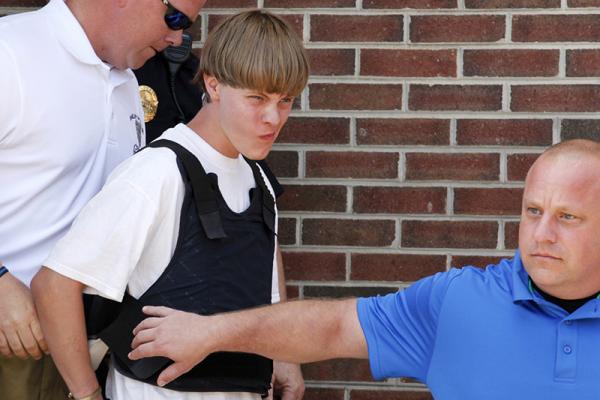Jun 17, 2016
It’s been one year since nine black parishioners were gunned down in the Emanuel AME Church in Charleston, murders that then-21-year-old Dylann Roof — who is white — is accused of committing. Last July, Attorney General Loretta Lynch announced a 33-count indictment against Roof that charged him with federal hate crimes for the June 17 attack, alleging that he sought to ignite racial tensions across the United States with the massacre. Friends of Roof have said that he wanted to start a race war. His trial is set for Nov. 7; prosecutors will seek the death penalty.
Read the Full Article

Already a subscriber? Login
